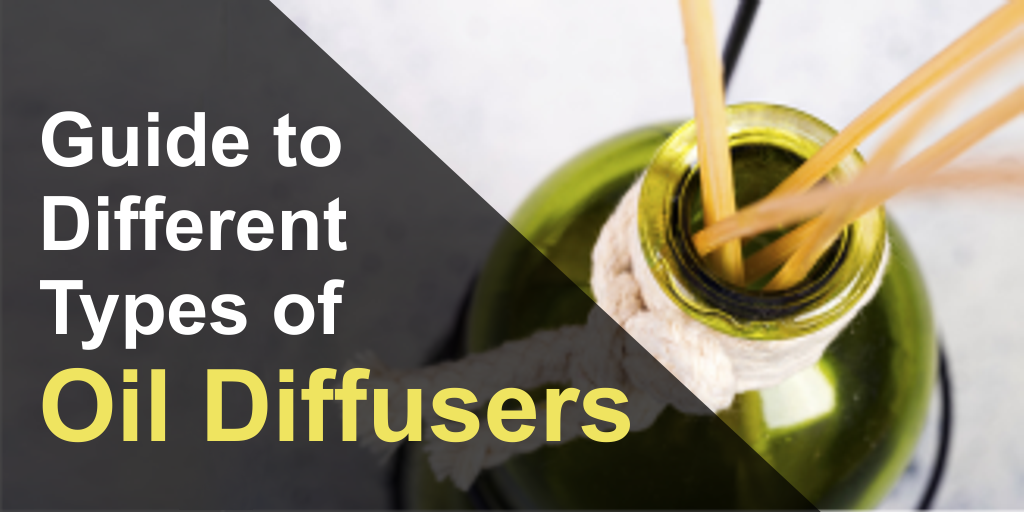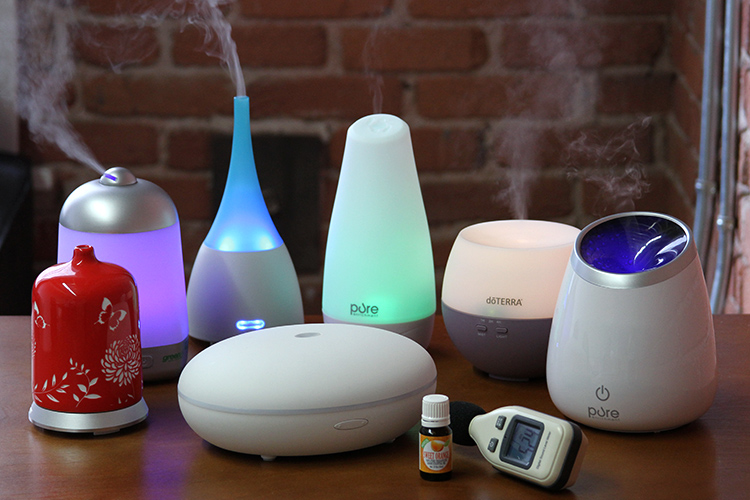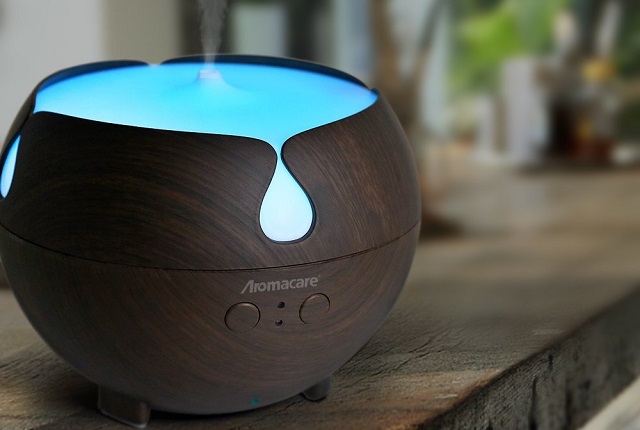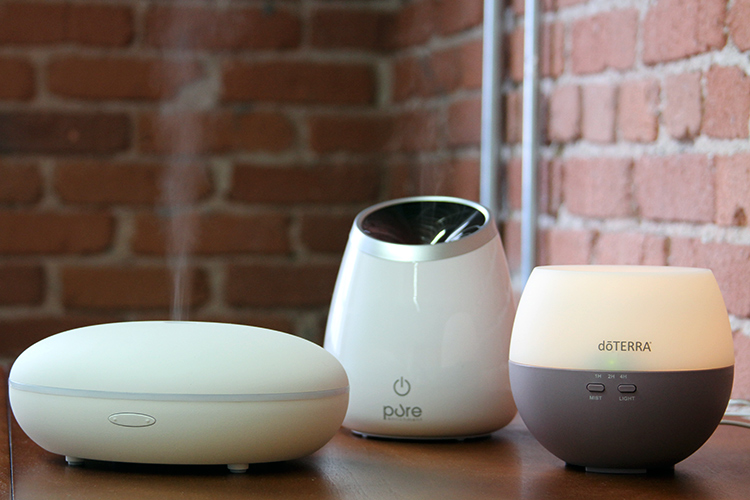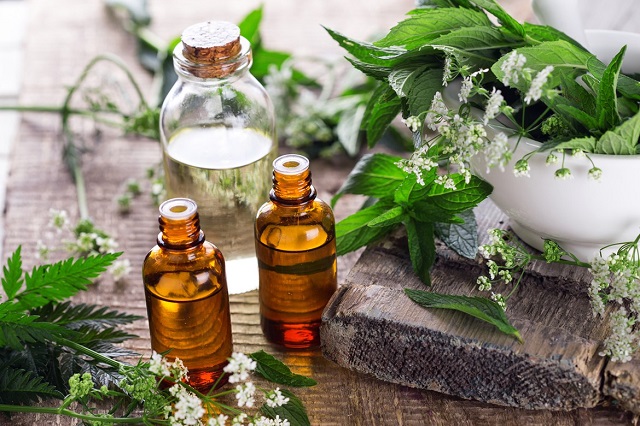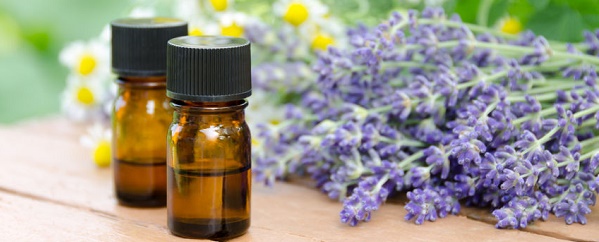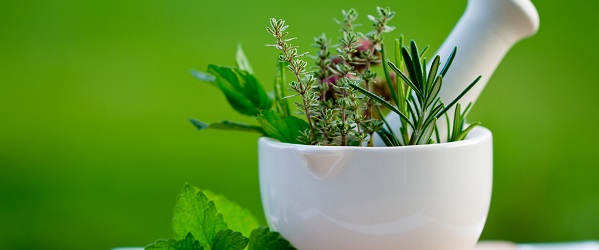Essential Oil Diffusers Guide: Types & Tips
Essential oil diffusers are my go-to for creating a serene sanctuary at home. Whether I’m looking to unwind after a long day or need a burst of energy in the morning, there’s a diffuser to match my mood. But with so many types on the market, it’s easy to get overwhelmed.
Types of Essential Oil Diffusers
Finding the perfect essential oil diffuser hinges on understanding the different types available on the market. I’ll walk you through the most popular varieties, each with unique features and benefits.
Ultrasonic diffusers are among the most widely used. They employ water and ultrasonic vibrations to create a fine mist that disperses the essential oils into the air. These units double as humidifiers, which is handy if you’re looking to increase the moisture in your home.
Next, nebulizing diffusers don’t require water. They work by using pressurized air to atomize the oil molecules. If you’re looking for a diffuser that can quickly fill a room with a strong concentration of your favorite scent, a nebulizing diffuser is an excellent choice.
If you’re gravitating toward simplicity, then consider heat diffusers. These use heat, often from a candle or an electric source, to gently warm the oil, releasing its fragrance. Keep in mind, though, that the heat might alter the chemical composition of the essential oils to some extent.
Another easy-to-use option is evaporative diffusers. These devices use a fan to blow air through a pad or filter that’s been saturated with essential oils. They’re generally less intense than nebulizing diffusers but are perfect for small personal spaces.
Here’s a quick comparison of their features:
| Diffuser Type | Water Required | Intensity of Scent | Best for Room Size |
|---|---|---|---|
| Ultrasonic | Yes | Medium | Small to Medium |
| Nebulizing | No | High | Medium to Large |
| Heat | No | Low to Medium | Small |
| Evaporative | No | Variable | Small to Medium |
By considering the room size where you’ll be using the diffuser and your personal preferences concerning intensity and maintenance, you’ll be equipped to choose the type that best fits your needs. Remember, no matter what diffuser you select, you’re on your way to creating a more serene and aromatic environment.
Ultrasonic Diffusers
When I’m seeking a diffuser that’s both therapeutic and hydrating, Ultrasonic Diffusers top my list. They’ve gained widespread popularity for their dual functionality, acting not only as aroma diffusers but also as mini humidifiers, which is perfect for drier climates or heated indoor environments.
Here’s how they work: ultrasonic diffusers require water to function. Once you add a few drops of essential oil to the water, the device uses electronic frequencies to create vibrations. These vibrations break the essential oil particles into a fine mist without using heat. Given that heat can potentially alter or degrade the quality of the essential oils, keeping the diffusion process cool preserves the integrity of the oils—ensuring you receive their full therapeutic benefits.
Features of Ultrasonic Diffusers
- No Heat Involved: Ideal for preserving the molecular integrity of essential oils.
- Dual Function: Works effectively as a diffuser and a humidifier.
- Sound Levels: Typically operate quietly, making them suitable for use in bedrooms or while you’re meditating.
- Variety of Designs: They come in an array of sizes and styles to fit any decor.
What stands out about ultrasonic diffusers are their ease of use and maintenance. As someone who values efficiency, I appreciate not having to constantly refill or clean the diffuser. They’re user-friendly, often coming with timers and auto shut-off features. Plus, some models even have LED lights for added ambiance.
While ultrasonic diffusers are excellent for smaller spaces, those looking to scent larger areas may need to consider their diffusion range. For me, it’s about finding the right balance between room size and diffuser capacity. Managing expectations and matching the diffuser to the size of the space ensures optimal performance and satisfaction.
In terms of pricing, ultrasonic diffusers can vary. You can find affordable options that’ll suit most budgets, but higher-end models often come with additional features. It’s worth investing in a quality diffuser that aligns with your needs—affordability doesn’t always mean compromise.
Nebulizing Diffusers
Another formidable player in the essential oil diffusing arena is the nebulizing diffuser. Unlike ultrasonic models, nebulizing diffusers don’t require water to function. They work by using pressurized air to disperse a fine mist of pure essential oils into the air. This method is often preferred by aromatherapy purists for its ability to deliver a more concentrated fragrance and therapeutic benefits.
My experience with nebulizing diffusers has shown that they are particularly effective for larger spaces due to their potent scent distribution. Not only do they help in covering more area, but they also ensure that the essence of the oil is preserved since heat is not involved in the process. This purity is essential for those looking to maximize the aromatherapeutic impact of their essential oil regimen.
The build of nebulizing diffusers is typically classy and refined, often made of materials like wood and glass, which not only contribute to a more sophisticated aesthetic but also avoid the use of plastics which can degrade over time. While these diffusers are a bit more on the costly side, the investment reflects their durability and the high-quality experience they provide.
When choosing a nebulizing diffuser for your space, it’s important to note that they can be noisier than ultrasonic versions due to the pressurized air mechanism. Moreover, they tend to go through oils more quickly, which is a consideration for those mindful of essential oil consumption and ongoing costs. However, for enthusiasts desiring a strong and pure aromatic effect, nebulizing diffusers are a top choice.
Nebulizing models are equipped with adjustable settings that allow control over the output and intensity. This customizable feature is a significant advantage for creating a tailored aromatic atmosphere. Whether it’s a subtle hint of lavender for relaxation or a more robust blend to invigorate the senses, these diffusers excel in delivering a personalized experience.
Evaporative Diffusers
When exploring the various types of essential oil diffusers, Evaporative Diffusers stand out for their simplicity and efficiency. Unlike nebulizing diffusers, evaporative models rely on the natural process of evaporation to disperse essential oils into the air. Here’s how they work: a fan blows air through a filter or pad that’s been saturated with essential oils. As the air passes through the pad, it causes the essential oils to evaporate and the scent is carried along into the room.
The key benefits of evaporative diffusers are their portable design and ease of use. I find them particularly convenient for travel or in personal spaces like my office. Without the need for water or heat, they’re a fuss-free option for those busy days when I just want a subtle hint of my favorite lavender or peppermint scent.
That said, it’s important to note that evaporative diffusers typically offer a less intense aroma compared to ultrasonic or nebulizing diffusers. This can actually be an advantage if you prefer a lighter scent or if you’re using the diffuser in a small space where a strong fragrance could be overwhelming.
Another key feature of evaporative diffusers is that they often come in a variety of compact and discreet designs, including pendants, bracelets, or even car diffusers. This makes them a fantastic choice for on-the-go aromatherapy. Moreover, these diffusers don’t depend on a power source, so I don’t have to worry about finding an outlet or refilling a water reservoir.
While they might not be the best choice for large areas or for those desiring strong scent dispersion, evaporative diffusers are a great pick for personal use and for those times when I need a quick and easy way to freshen up my surroundings. Plus, their no-fuss setup means I can have my space smelling great with minimal effort.
- Portable and easy to use
- No water or heat needed
- Ideal for personal spaces
- Subtle scent dispersion
- Variety of portable designs
As the landscape of aromatherapy evolves, it’s clear that there’s a type of diffuser for every preference and situation. Each has its merits and suits different needs. Whether you’re seeking a powerful aromatic experience or a gentle fragrance, the choice truly depends on your personal preferences and the specific qualities you’re looking for in an essential oil diffuser.
Heat Diffusers
When exploring the functionality of heat diffusers, it’s interesting to note how they disperse essential oils using warmth. This category includes candle diffusers which often feature a reservoir that holds the essential oil. Beneath the reservoir, a candle gently heats the oil, releasing the aroma into your space. It’s a method that creates a cozy atmosphere, combining the therapeutic benefits of aromatherapy with the ambience of a flickering flame.
Other heat diffusers may use electricity to warm the oil. These electric heat diffusers usually have a heating element that brings the essential oil to a specific temperature. Once warmed, the essential oils transform into a fine mist that wafts into the air, carrying with it the desirable fragrances and therapeutic properties.
Pros of heat diffusers include their ability to efficiently disperse a strong scent throughout a room, making them a fine option for larger spaces where a more pronounced effect is preferred. They’re also relatively straightforward to use, with minimal setup required. Additionally, since no water is required, the pure essence of the oil is maintained, offering a more intense aromatic experience.
However, it’s worth noting that the heating process can potentially alter the chemical composition of the essential oils. High temperatures can degrade the quality of the oil, which may affect its therapeutic benefits. Therefore, it’s essential to consider the type of oil being used and to operate the heat diffuser at appropriate temperatures to minimize this risk.
When selecting a heat diffuser, consider factors such as the size of the area you’re looking to scent, your preferred intensity of fragrance, and how the aesthetic and ambience of the diffuser complement your space. With their different forms and functions, heat diffusers cater to a diverse range of preferences and are capable of transforming the atmosphere in homes and offices alike.
Conclusion
Exploring the world of essential oil diffusers has shown me the diversity of options available to create a personalized aromatic experience. Whether you’re drawn to the subtle warmth of candle diffusers or the convenience of electric heat models, there’s a diffuser to suit every preference and space. Remember that the key to optimal fragrance and therapeutic benefits lies in matching your diffuser choice with the right oils and settings. With the insights I’ve shared, you’re now equipped to elevate your space with the perfect scent diffusion method that aligns with your lifestyle and wellness goals. Happy diffusing!

